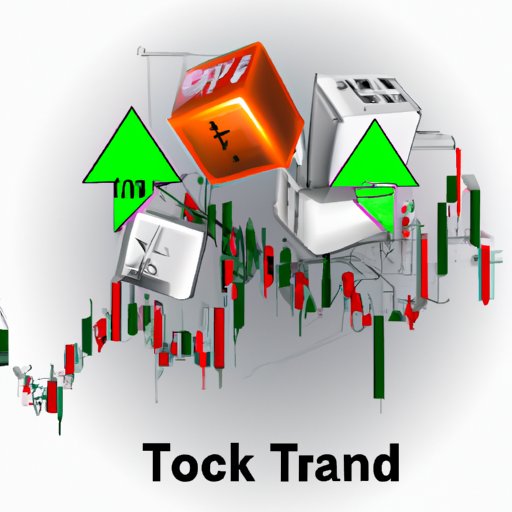Introduction
Trading indices are one of the most popular ways to invest in the stock market, as it allows traders to diversify their portfolio and access a range of markets around the world. But with so many different indices available, it can be difficult to know which ones are the best to trade. In this article, we explore what are the best indices to trade, and how to choose the right index for your trading strategy.

Analyzing the Most Popular Indices to Trade: What You Need to Know
When it comes to trading indices, there is no ‘one size fits all’ approach, as each index has its own unique features and benefits. To make the right decision, it’s important to understand the top five indices to trade, and why they are popular among investors.
The Top 5 Indices to Trade and Why
The most popular indices to trade include:
- S&P 500 – This index tracks the performance of 500 large-cap US companies.
- Dow Jones Industrial Average – This index tracks the performance of 30 blue-chip US companies.
- NASDAQ Composite – This index tracks the performance of over 3,000 technology and growth stocks.
- FTSE 100 – This index tracks the performance of the 100 largest companies listed on the London Stock Exchange.
- DAX 30 – This index tracks the performance of the 30 largest German companies.
These indices are popular because they offer a broad range of stocks that represent different sectors and industries. This means that traders can diversify their portfolios, while still having access to a wide selection of stocks.
Exploring the Benefits of Trading Indices
Trading indices has a number of advantages, including:
- Lower costs – Since indices are composed of multiple stocks, traders only need to pay a fraction of the cost compared to buying individual stocks.
- Higher liquidity – Indices tend to be more liquid than individual stocks, meaning that traders can enter and exit positions quickly.
- Lower risk – By investing in a basket of stocks, traders can reduce their overall risk exposure.
- More opportunities – With access to a range of global markets, traders can take advantage of different sectors and industries.
What are the Best Indices to Trade: A Comprehensive Guide
Now that you have an understanding of the most popular indices to trade and their benefits, let’s take a look at the different types of indices and their features.
Types of Indices and Their Features
There are three main types of indices:
- Market capitalization-weighted indices – These indices weight their components based on the company’s market capitalization. Examples include the S&P 500 and the FTSE 100.
- Price-weighted indices – These indices weight their components based on the price of the stock. An example is the Dow Jones Industrial Average.
- Equal-weighted indices – These indices equally weight their components regardless of the company’s market capitalization or price. An example is the NASDAQ Composite.
Each type of index has its own pros and cons. Market capitalization-weighted indices are the most popular, as they provide a better representation of the overall stock market. Price-weighted indices are less popular, as they tend to be more volatile due to the influence of higher priced stocks. Equal-weighted indices are also less popular, as they tend to have a higher turnover rate, as the weights are constantly adjusted.

How to Choose the Right Index for Your Trading Strategy
Choosing the right index for your trading strategy depends on your goals, risk tolerance, and time frame. Here are some tips to help you decide:
Identifying Your Goals
Before you start trading, it’s important to identify your goals. Are you looking for long-term capital appreciation or short-term gains? Do you prefer to invest in a specific sector or industry? Answering these questions will help you narrow down your choices and find the right index for your trading strategy.
Evaluating Risk Tolerance
It’s also important to consider your risk tolerance when choosing an index. If you’re a conservative investor, you may want to stick with a market capitalization-weighted index, as it offers lower volatility and more stability. On the other hand, if you’re a more aggressive investor, you may want to consider an equal-weighted index, as it offers higher potential returns.
Choosing Between Long-Term and Short-Term Strategies
Finally, it’s important to consider your time frame when choosing an index. If you’re looking for long-term capital appreciation, then a market capitalization-weighted index may be the best choice. However, if you’re looking for short-term gains, then an equal-weighted index may be the better option.
Conclusion
In conclusion, trading indices can be a great way to diversify your portfolio and access a range of markets around the world. The most popular indices to trade include the S&P 500, Dow Jones Industrial Average, NASDAQ Composite, FTSE 100, and DAX 30. Each index has its own unique features and benefits, and it’s important to understand them before deciding which one is right for your trading strategy. When choosing an index, it’s important to consider your goals, risk tolerance, and time frame.
(Note: Is this article not meeting your expectations? Do you have knowledge or insights to share? Unlock new opportunities and expand your reach by joining our authors team. Click Registration to join us and share your expertise with our readers.)
